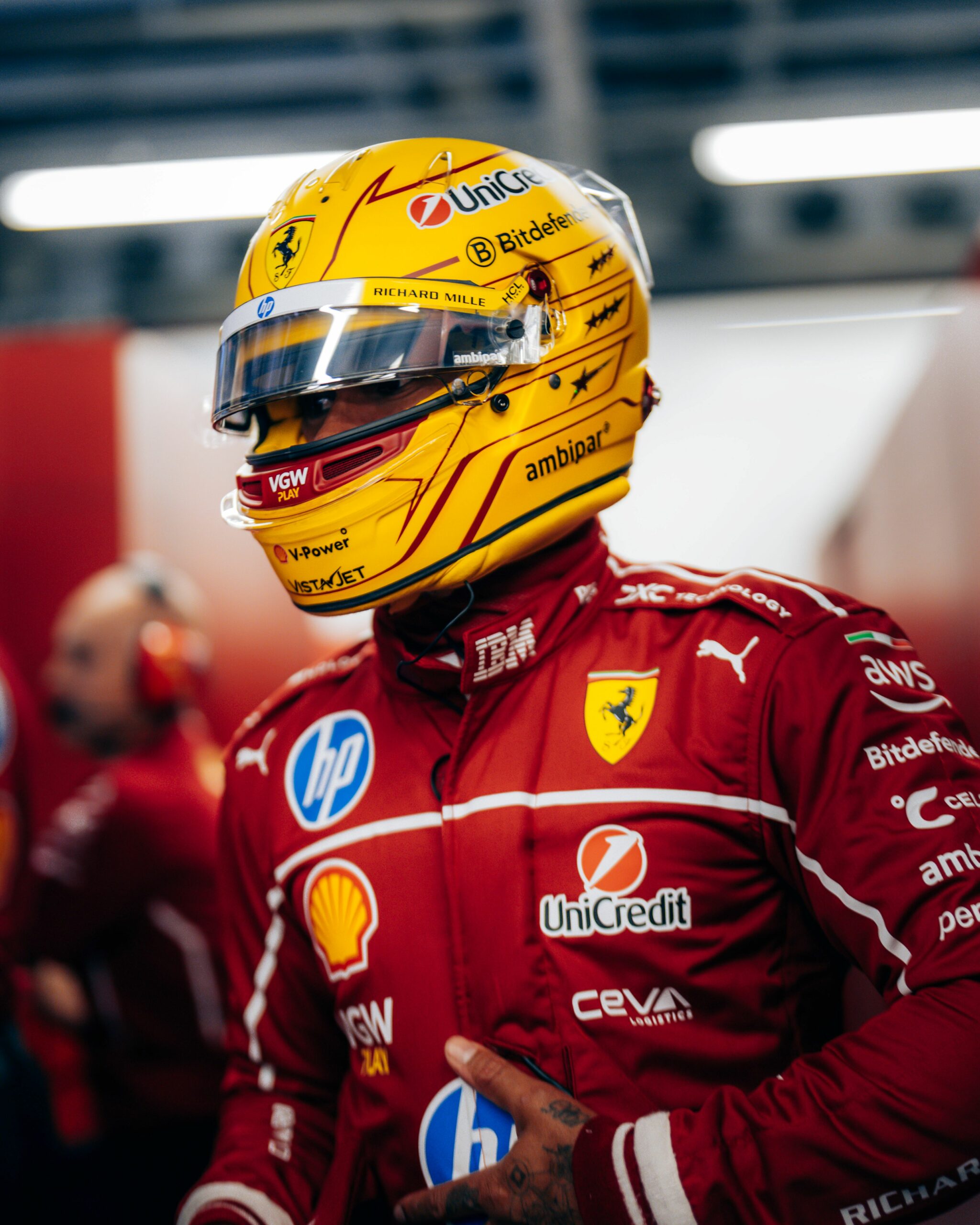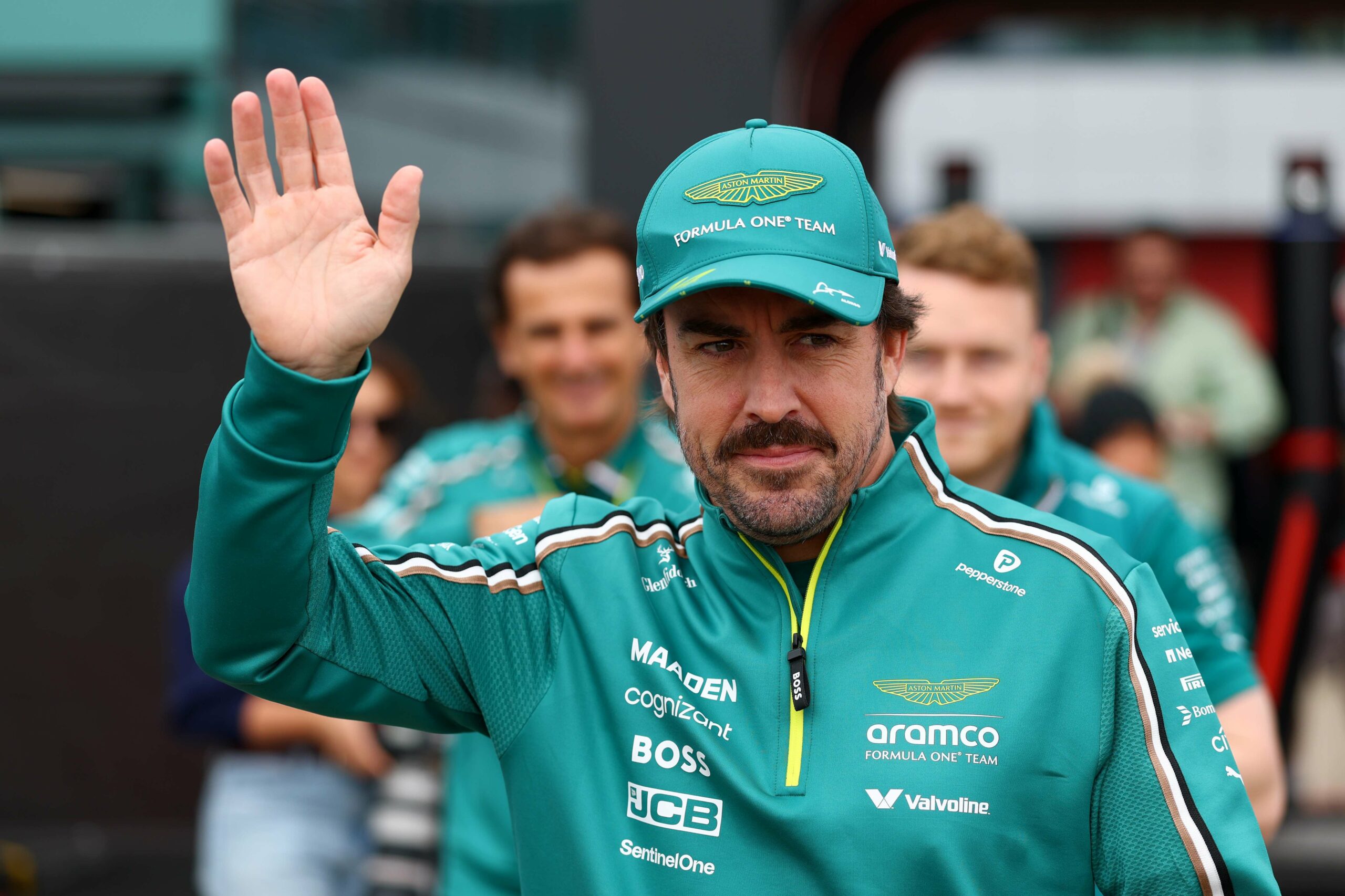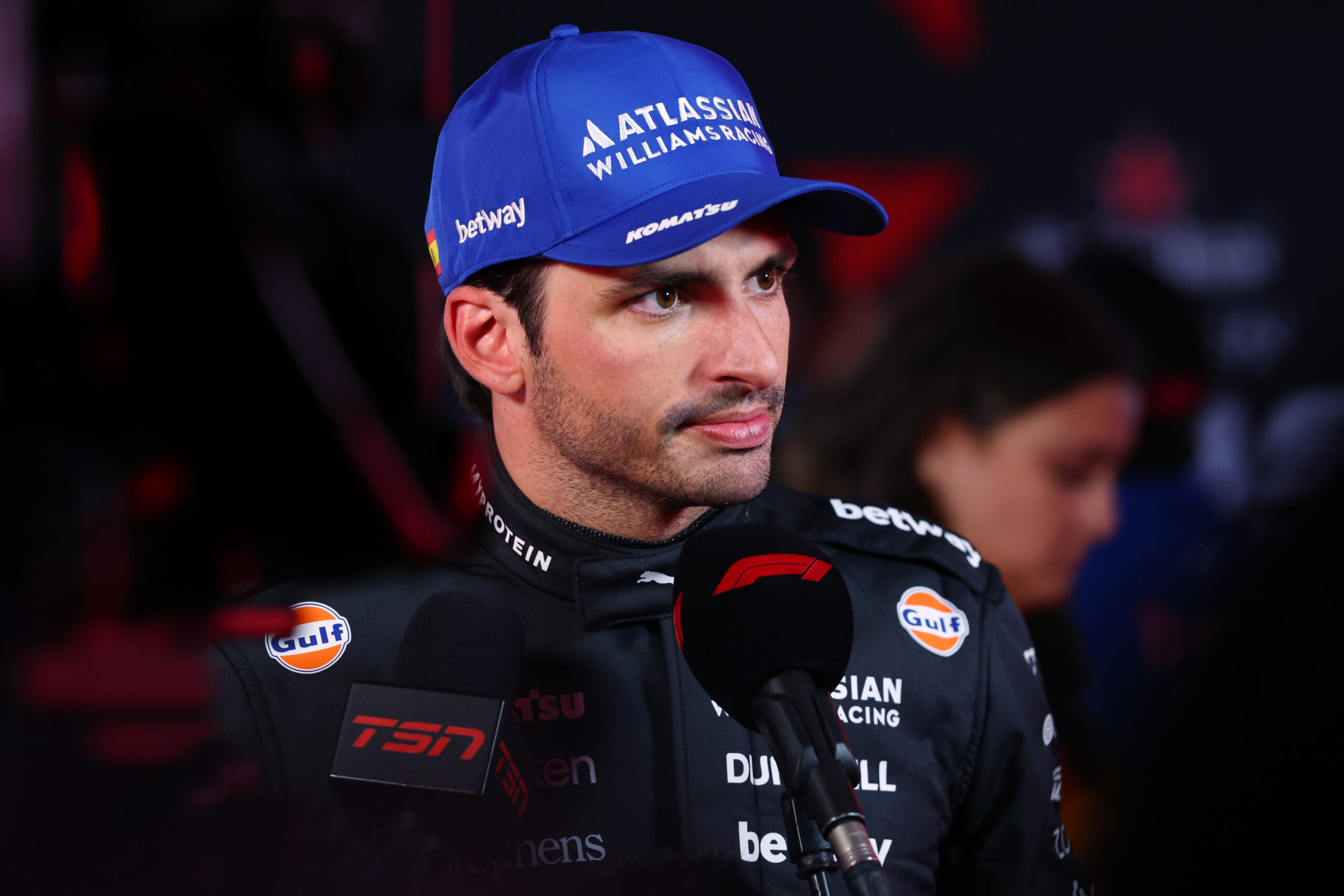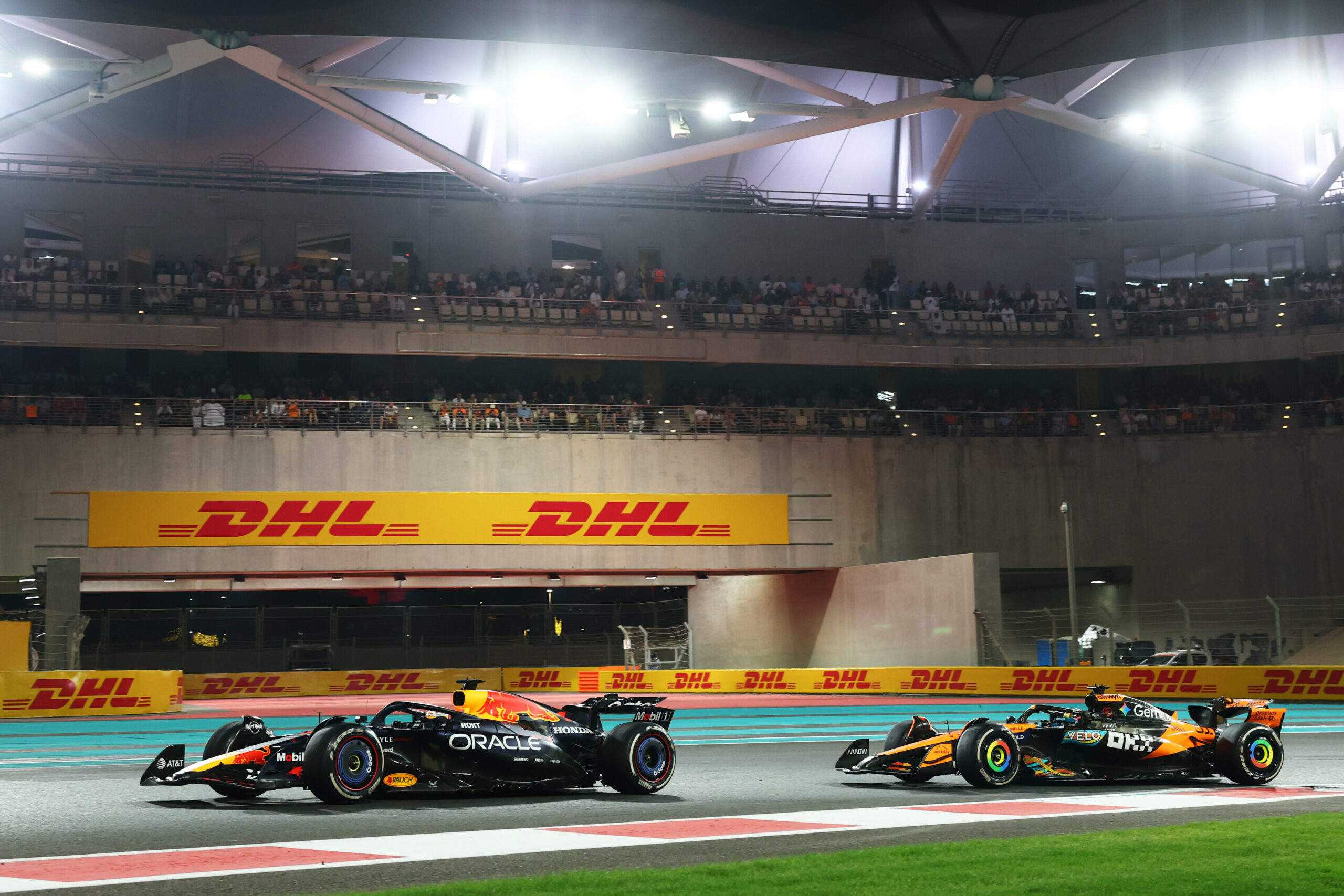Lewis Hamilton suffered a difficult Qualifying session at the 2025 F1 Azerbaijan GP, ending the day in P12 despite strong pace during practice. The Ferrari driver had impressed on Friday and Saturday morning, topping FP2 and placing inside the top five in FP3. However, when it mattered most, strategy decisions, tyre choice and set-up direction left him unable to progress into Q3. Team-mate Charles Leclerc also endured a challenging session, qualifying in P10 after crashing early in Q3.
Tyre strategy undermines progress
Hamilton’s frustration centred on Ferrari’s tyre strategy during Q2. While Leclerc chose to stay on the medium compound—matching the majority of front-runners—Hamilton switched to the softs, a move that immediately put him at a disadvantage. After the session, he made clear that the choice of compound, not the tyre condition, had been decisive.
“No, the medium tyre was just much quicker,” he said firmly when asked if degradation had been the issue keeping him out of the top 10.
When questioned about his use of the soft compound tyres—particularly as his team-mate Charles Leclerc advanced on the seemingly more suitable mediums—Hamilton explained that Leclerc’s decision to stay on the medium compound, in line with the other front-runners, had prompted Ferrari, and consequently himself, to alter their approach in a way that ultimately proved detrimental to his Saturday afternoon.
“Basically, the team chose to run me on the medium in Q2. And Charles was meant to run it on the second run in Q2, but then opted, because everyone else wasn’t out on them, to keep it. And then all the top ten basically had three mediums. We knew that the medium was quicker by, they said it was three-tenths or something like that, and it felt great. And we should have run it in Q2.”
Set-up direction proves costly
While tyres were the main talking point, Hamilton also noted that Ferrari’s set-up choices had contributed to the poor result. Many drivers complained about the gusty Baku wind, yet Hamilton dismissed that as a factor. Instead, he highlighted how the car had felt better in FP2, before changes made ahead of Qualifying unsettled its balance.
“One of the things that kind of factored into it was a bit of a direction the team were pushing for us to go with some of the setup, that didn’t feel as good as FP2. But I felt like we made a lot of progress, and we were looking really strong, and I didn’t make any mistakes.”
For Hamilton, the core problem was that Ferrari focused too heavily on preparing for Q3. In doing so, they overlooked the immediate challenge of ensuring safe passage through Q2.
“It’s just then I was on the back foot with only two mediums – we were thinking of having two mediums in Q3, but you’ve got to get to Q3 first. So ultimately, just not the best executions. So definitely disappointed. But lots of positives to take.”
From confidence to disappointment
What made the setback harder to accept was the contrast between Hamilton’s performance in practice and his eventual Qualifying result. Having topped FP2 and felt comfortable in FP3, he arrived at Saturday afternoon’s session believing a place on the front row was possible. Instead, he ended up six rows back, frustrated by circumstances outside of his control.
“I honestly thought I was going be fine for the top three today. I thought I might be able to get pole today. I’ve not felt that whole year. So it’s definitely tough to be in 12th. But as I said, I don’t feel that’s from my driving. It’s just the execution needed to be better.”
Looking ahead to race day
Despite the setback, Hamilton refused to dwell on disappointment. Instead, he focused on Ferrari’s race pace, which had looked encouraging in long runs earlier in the weekend. With Baku’s history of unpredictable races, he insisted that opportunities would come.
“It’s a great race, this one. My pace was decent in FP2, on race pace, we were quickest. And so I’m really hoping tomorrow that we’ve got decent pace. We’ve got good straight-line speed. We should hopefully be able to fight cars. And so much can happen here with Safety Cars and all sorts, strategy can really come into play. So I’m just going to come into it as optimistic as possible, and I’m still going to try and get into the top three. That’s been my goal all week.”
His optimism, he explained, stemmed from Ferrari’s progress earlier in the weekend and his own rediscovered confidence behind the wheel.
“FP2 was my best FP2 of the whole year. So I was really feeling positive, and I know exactly all the places that gone wrong in the background. So we know exactly where those are, and I know now what to do moving forward to make sure that doesn’t happen again – well, implementing those in the heat of the moment in qualifying is not so easy, but there’s lots we can take internally to improve.”
Determination remains
Finally, Hamilton made clear that although his starting position leaves him with a steep challenge, he remains motivated and determined to recover in Sunday’s race. When asked whether starting in the midfield might make life easier amid Baku’s notorious chaos, he immediately dismissed the idea, saying, “definitely not.”
Nevertheless, he ended on a defiant note, making clear his ambition to fight for a podium despite the setback.
“But where there’s a will there’s a way.”





